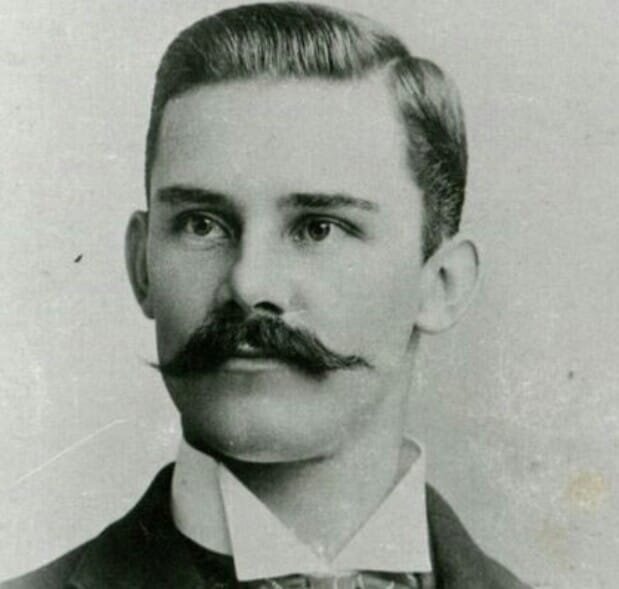by Sumit Gangopadhyay
The pre-Test era South African orthodox left-arm spinner Albert Rose-Innes was born on Feb 16, 1868.
In the Kimberley tournament of 1886-87, he captured 23 wickets in 3 matches for Port Elizabeth. The following year he captured 22 wickets in 3 matches. This included 13, including a 8-for, in the match against Grahamstown.
Hence, when Major Warton’s brought his motley side over from England in 1888-89, Rose-Innes playeagainst them for the Port Elizabeth XXII and captured 6 wickets. (In that match Johnny Briggs captured 28 wickets.) When he represented Eastern Province against the tourists, Rose-Innes captured 4 more wickets.
Hence he was included in the first so-called representative match, which 10 years later was given the Test(!) status. He captured 5 for 43 in the first innings.
The following Test saw him wicketless. However, the match ended way before schedule (quite natural given Briggs picked up 15 for 28) and in the fill-up fixture Rose-Innes did manage one wicket.
That season, in first-class cricket for Kimberley, he played three matches and scalped 8. The last match of these three was the first ever Currie Cup encounter.
Three years later, he represented Transvaal in Currie Cup and captured 5 wickets in 2 matches.
He had to give up cricket because of injuries suffered in the Boer War. His son was the famous South African natural scientist Reginald Rose-Innes.
Translated from Bengali by Arunabha Sengupta

